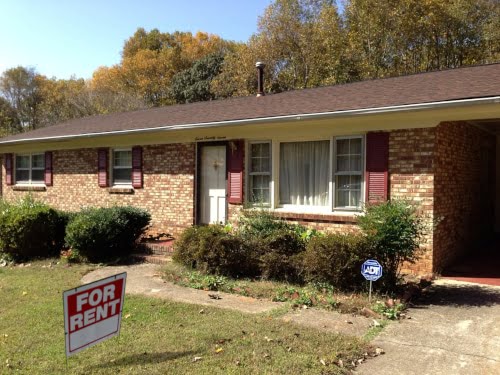Dwelling coverage is probably the most common coverage that people think about when they think of their Florida landlord insurance. This is what covers the actual structure of your rental property. On your declarations page it is listed under Coverage A.

What is Part of Dwelling Coverage?
Your Coverage A – Dwelling covers the main structure of your renal property. Concrete, drywall, shingles, fixtures, etc. An easy guideline to go by is this:
- Imagine turning the house upside down and shaking it. If something would fall out, it is considered personal property, which is a different coverage. If it would stay in place, then it is part of the dwelling.
An example of this would be carpeting. Wall-to-wall carpeting is part of the dwelling. An area rug would be personal property.
Coverage A does not include any detached structures like detached garages, sheds, utility buildings, fences, etc.
Replacement Cost or Actual Cash Value?
When you are determining your dwelling coverage amount, you want to review what type of valuation your policy uses. If you have a DP-3 policy, your dwelling coverage is based on replacement cost. If you have a DP-1 policy, it is usually based on Actual Cash Value (ACV). You can always review the loss settlement clause in your policy packet or ask your agent if you are unsure what your policy currently has.
How Much Dwelling – Coverage A Do I Need?
Whether you have replacement cost or ACV will impact what your limit should be. There are evaluation tools that your agent can use for either option.
In most cases, it is preferable to have replacement cost coverage. Also, if you have a mortgage, many lenders will require replacement cost. In these cases, your dwelling coverage is based on the cost to rebuild the building – not your loan amount or purchase price. Landlords often look at the market value when setting the coverage amount. While the rebuild and market values may be similar, in many areas, it can be quite different.
You should insure to the full rebuild cost, and there are often discounts for doing so. If you choose to insure for less, you want to make sure that you are insured more than 80% of the replacement cost to avoid “co-insurance.”
Co-insurance is basically a formula where you are covering a percentage of the building, and your insurance company is covering a percentage of the building. Any claims then use this co-insurance formula to settle any claims, so you end up being responsible for more than just your deductible if you are insured less than 80% of the rebuild cost.
Conclusion
Making sure that you have the right dwelling limit is an important part of your overall insurance policy.
If you haven’t reviewed your limits in a while, request a FREE review by one of our experts at Think Safe Insurance. You can reach us at (813) 425-1626. We will be happy to answer any questions, review your policy, and make sure that you are getting the right coverage at the best price!

